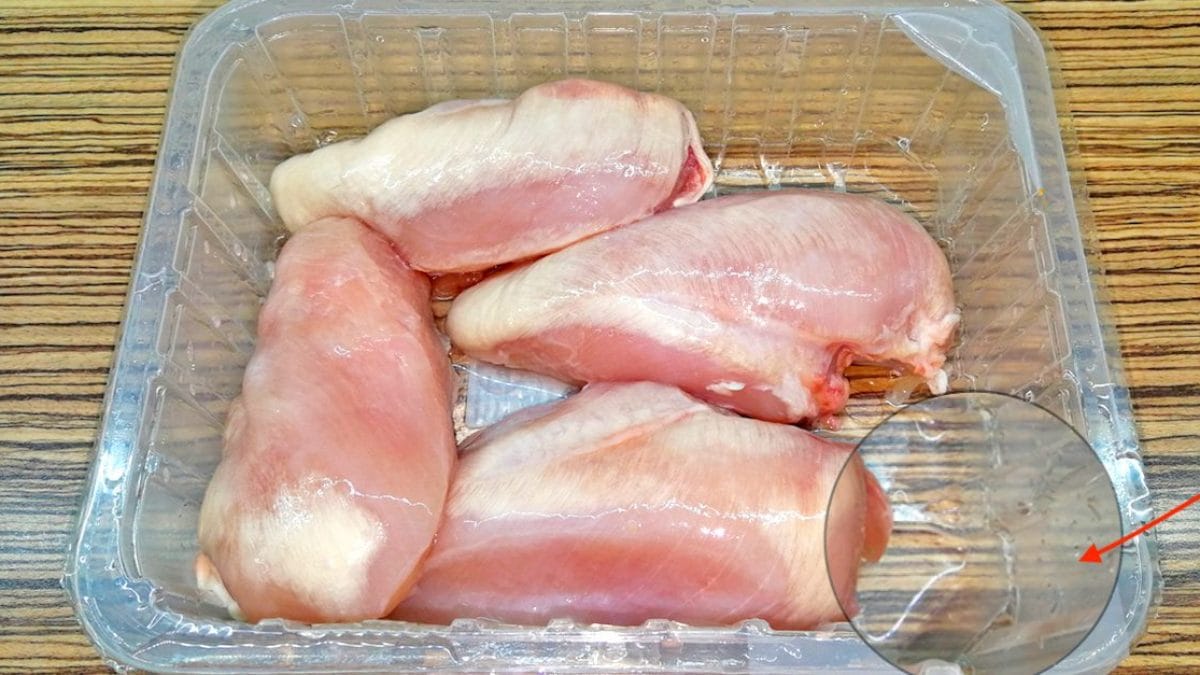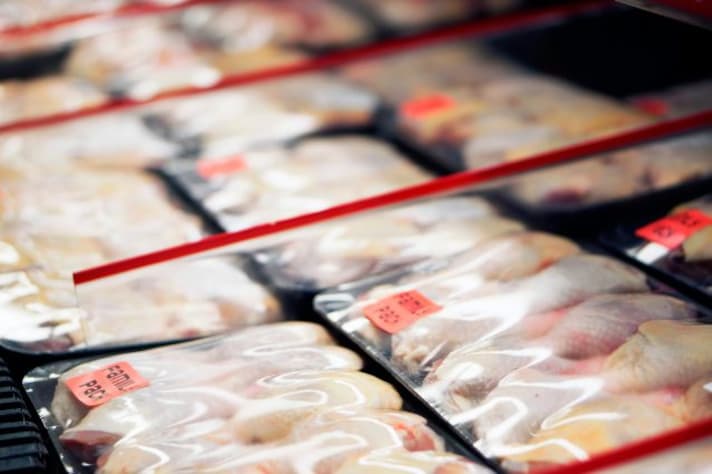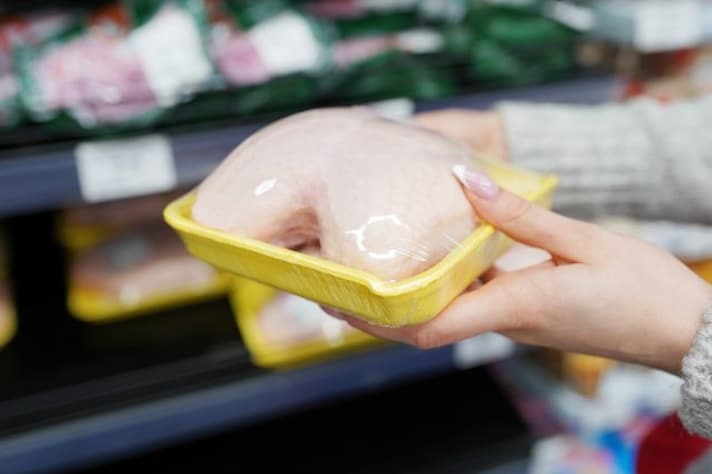
You're at home, prepping for dinner, and craving a classic combo: chicken thighs and fries. You grab the chicken from the fridge, tear open the package, and suddenly, you notice a pink liquid seeping out alongside the thighs. Into the marinade bowl it goes, leaving you wondering, "What is that? Is it blood? Can I still eat this?" Let's unravel the mystery behind this curious phenomenon.
What Is the Pink Liquid?
The pink liquid often found in packaged chicken is not blood, as many might assume. Instead, it's a mixture of water and a small amount of a protein called myoglobin. Myoglobin is responsible for transporting oxygen in the muscles and gives raw meat its red or pinkish hue. When chicken is packaged, some of this water and myoglobin naturally seeps out, creating the pink liquid you see. It's a common occurrence and not necessarily a cause for alarm.

Why Does It Form Inside the Package?
This pink liquid forms due to the packaging and storage process. During slaughter and processing, poultry is often chilled and packaged with a certain amount of moisture. The packaging is designed to keep the chicken fresh, but as it sits, some of the water, along with myoglobin, leaks out. The vacuum-sealed environment or airtight packaging helps retain this liquid, preventing it from evaporating or being absorbed. This is why you might notice more of this liquid in packages with a longer shelf life.
Is It Safe to Eat?
Yes, the pink liquid is generally safe to eat. Since it primarily consists of water and myoglobin, it poses no health risks when cooked properly. In fact, some cooks use it to add moisture and flavor to marinades. However, it's essential to follow proper food safety practices: ensure that the chicken is cooked to an internal temperature of 165°F (75°C) to eliminate any harmful bacteria. The presence of this liquid doesn't indicate spoilage, but rather a natural result of the packaging process.

Why Did It Turn to Jelly? Did the Chicken Go Bad?
Sometimes, you might notice that the pink liquid has turned into a jelly-like substance. This transformation occurs due to the natural gelatinization of proteins, including myoglobin and collagen, present in the chicken. When these proteins are exposed to cold temperatures, they can congeal, creating a gelatinous texture. This is a normal occurrence and not a sign of spoilage. However, always check for other signs of spoilage, such as an off smell, slimy texture, or discoloration. If these signs are present, it's best to discard the chicken.
;Resize,width=767;)
